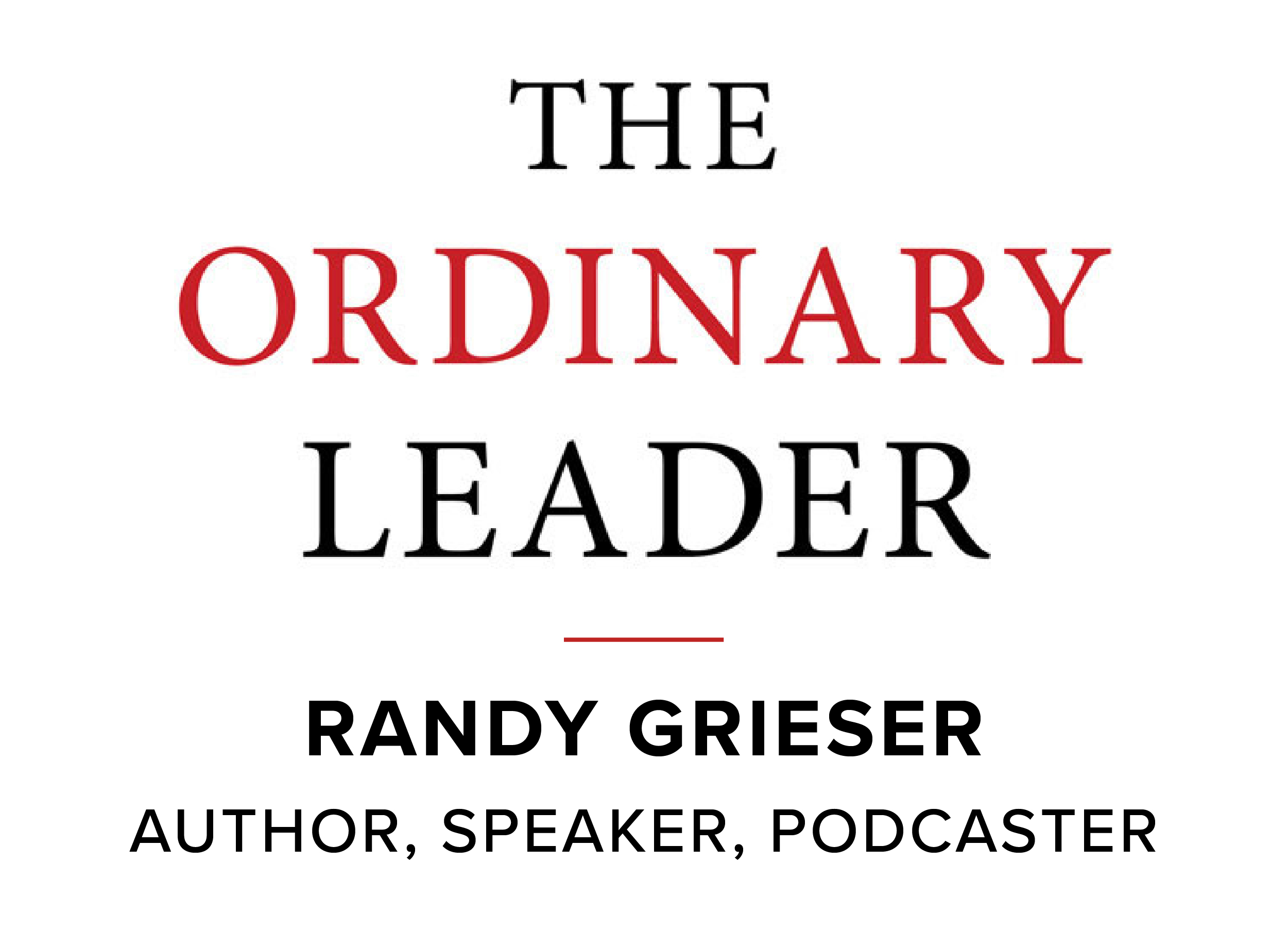I often get asked, “How does one go about changing culture?” To change culture, you must first truly understand your current culture. Only when you have a clear picture of who you are now can you decide who you’d like to be in the future.
Take some time to observe your culture as if you were an outsider. Look at how people interact with clients. How are conflicts resolved – or not? How do managers relate to employees? How do employees relate to each other? Don’t forget to look for things that are not there – conversations or processes missing where they should be present. Here are a few strategies for understanding your current culture:
Observe emotions. The emotional climate of an organization is an indicator of the prevailing culture. Are people laughing? Are they excited about successes within the organization? Do people look up and smile when you walk by their workspaces? In times of frustrations or problems, do people react constructively? Do people seek each other out, or avoid contact?
Assess the physical environment. Is the working space welcoming and inviting, or static and boring? Look for personalization of individual office areas – are there family photos, plants, and various knickknacks that make the space feel homey and inviting? How is work space allocated, and why? Where are people located, and why? How do people’s locations affect their ability to interact? What is displayed on boards and walls? How are common areas used?
Talk to people. Interview employees either individually or in small focus groups. When talking to people in small groups about culture, it can be just as meaningful to observe behaviors and interactions as it is to listen to words. Remember that discussing organizational culture can be abstract for people. The following indirect questions can help tease out information about culture:
How would you respond if a friend asked you, “What’s it like to work in your organization?”
What is the main thing you’d like to see changed in our organization?
What are the best things about the way we do our work?
Where do you see us “spinning our wheels” as an organization?
How would you describe the relational atmosphere of our organization?
Use an assessment tool. You can also use some version of a survey to assist in you assessing your culture. Either use an existing survey or create your own survey after you’ve done some of the initial work of understanding your culture. This way you can tailor the survey to get more detailed information about some of the things you are already seeing.
Throughout the process of working to understand culture, remember that many factors influence culture beyond what you see in relationships and behaviors. While not an exhaustive list, culture is heavily impacted by leadership, internal structures, decision making processes, incentives, communication patterns, and human resource policy.
Your focus should be wide enough to encompass all of these areas. Seek to understand how each area affects individual and group behaviour.
Consider asking for external help. Given the difficulty of seeing culture from within, organizations often gain value by working with an outside consultant who can see things impartially and from the perspective of distance. For example, we recently worked with an organization that described itself as warm and welcoming. When we got there, we were greeted by a lengthy and overly wide hallway with no paintings or furniture – just sterile white walls. Warm and welcoming were the furthest things from our minds as we walked down the hall!
As you start your culture change process remember that there will be things you should keep in your existing culture. While identifying problem areas is key to this phase, also look for areas of strength in your current culture. Look for ways in which people are already functioning well. It can be helpful to systematically list the “keeps” and the “discards” in simple descriptive language. By intentionally deciding what’s important to keep from your existing culture, new changes will be more effective, because they will be anchored in your current strengths. Just as individuals do better when they build on their strengths, so do teams and organizations.
When thinking about problem areas, ask yourself what themes keep coming up. What causes the greatest amount of frustration among staff? Notice the stories that people share repeatedly. Shared and repeated stories will show how people make sense of their culture and will often illustrate issues that need to be dealt with, and what good parts should be kept.
Once you’ve decided what parts of your culture you’d like to keep and what you want to discard, you need to do two things. First, continue to validate and reward the desirable parts of your culture. Highlight those areas that are consistent with your culture change vision. Second, decide how to change the parts you don’t like. As you make your list remember to make small and easy changes now by isolating the cultural elements which can be quickly reinforced or quickly eliminated.
Randy Grieser, Author & Speaker
To be notified about a new blog post, subscribe to Randy’s newsletter, and follow him on LinkedIn, Facebook, and Twitter.
© Randy Grieser
Content of this blog may be used, provided that full and clear credit is given to Randy Grieser.





